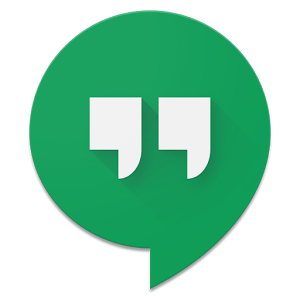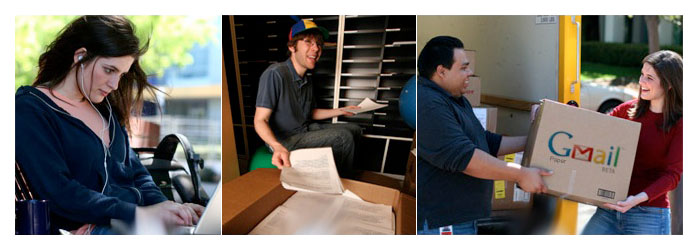-

12 Reasons You Need Google Voice in Your Life
Google Voice is a free telephone service that does practically everything your current provider does, like make phone calls, receive voicemails, and send texts. But it’s so much more than that. Like many people, I’ve had the same phone number for so long that I can only estimate when I first got it. There’s a…
-
